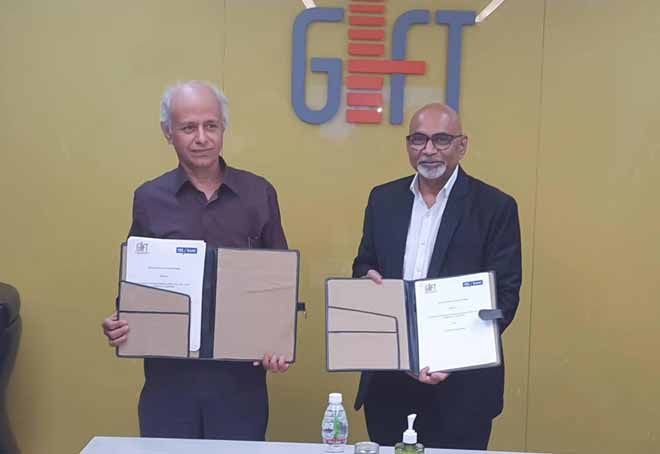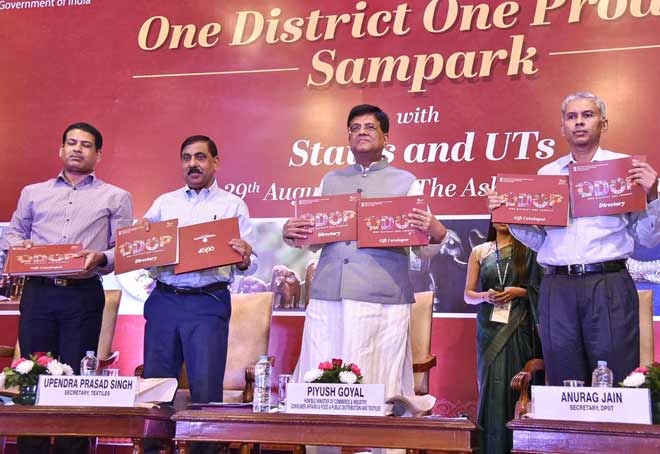Kutch: a destination for exotic crafts
Updated: Mar 14, 2014 02:33:21pm

Come December each year, the festival called the Rann Utsav or the Desert festival in Kutch attracts hordes of tourists, both domestic and international who flock to the venue for a colourful cultural extravaganza par excellence.
The exotic festival that began on December-14 last year will be coming to an end on March-18, the featured activities such as folk dances, camel safaris, live-in tents, and musical events contributing to making the sojourn there, memorable on all counts.
But there’s more. Not only is it a paradise for birdwatchers and home of the Indian wild ass, those interested in history can take in the palaces and monuments dotted about the district, some dating back to the Harappa civilization.
What is perhaps most fascinating is to watch artisans at work and to shop directly from craftspeople and village cooperatives. Hundreds of artisans, craftsmen, artistes make their way to the district to participate in the event and sell their wares, also getting international orders in the process.
It is said that Kutchi people weave their dreams in different forms of embroidery. Most prominent among them is the exquisite mirror work, often done by village women. Surprisingly each village has a unique style and technique, colourful and festive in appearance.
Hand block printing to include Ajrakh prints, batik and rogan painting are especially popular. The people living in Dumaro and Ludia are known for their wood carvings of utensils and other artefacts. There’s also the age old craft of pottery.
Motifs of peacock, parrot, fingers and fan are normally used in the mud wall paintings, again done by women. The silver jewellery on display is finely engraved, as also the penknives, nut crackers, sea shell toys, iron bells with copper coating each revealing cultural traditions of the people in the region. (KNN/ES)











